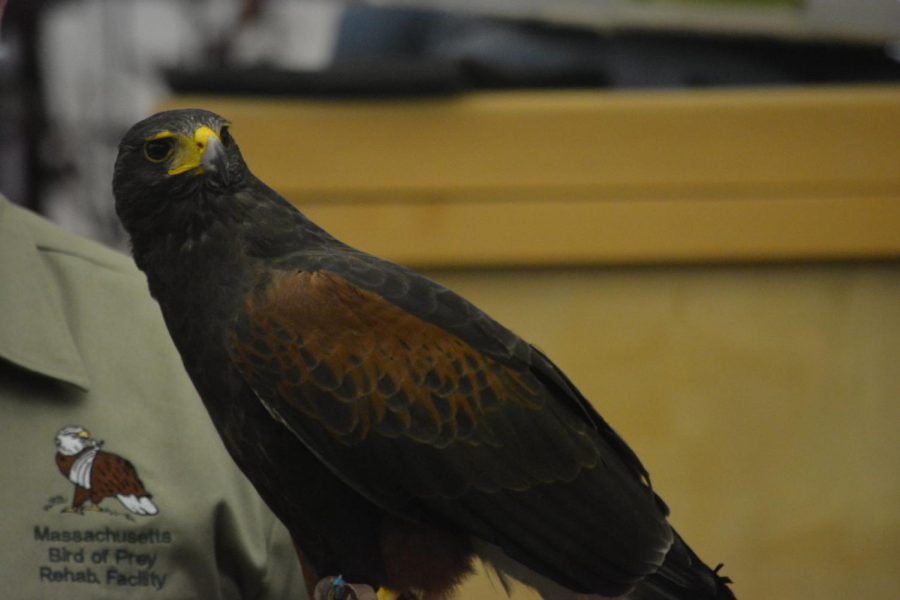A recent study published in Science Magazine on the state of the North American bird population has caused a fair amount of public outcry in its wake. It reported that since 1970, the total bird population on the continent has dropped 29 percent, or roughly 2.9 billion birds.
Most shocking is what species are most affected. Losses are not focused only on threatened or endangered species, but many of the most widespread bird species. Specifically, Massachusetts species are affected all over the state, and this report may be in line with previous findings. Birds are incredibly important for the environment and ecosystems everywhere and can indicate the health of the environment. It is crucial to protect and maintain bird populations everywhere and listen to these kinds of reports in the future in order to ensure the vitality and survival of the global environment.
The study itself focuses on 529 species found on the continent and the relative change in their populations over a 30-year period. The species most affected are located in grassland and forest environments. Surprisingly, least affected are those located in wetland and coastal environments. In fact, birds living in wetlands have grown in population, but are not nearly enough to offset the loss in other environments. Wetland and coastal species have been able to rebound from population loss due to legislation and conservation methods.
The study also found that the total amount of biomass passage, or the total amount of migratory birds on flying over the continent, has declined. Specifically, the losses are huge on the east coast of the United States. Losses of birds across the continent can be attributed to urbanization, habitat loss, agriculture and much more. So, what does all this data mean? Are we on the brink of a massive bird extinction event? Probably not.
With its troubling findings, the study was quickly picked up by several news organizations and on social media. With its own hashtag and webpage, the report was specifically tailored to be marketable. This has brought the findings some criticism as well as questioning behind the validity of its findings. The team behind the study understood the gravity of their findings and wanted to ensure it was a large news story. Criticism for the study stems mainly because many of the species surveyed were non-native species and the data from the 1970s was potentially inflated, changing the results for many species. These criticisms are deserved, and they paint the study in a different light than it was originally reported in; however, the study should absolutely not be ignored. The main takeaway from the study remains the same – many prevalent species are declining, and these losses may predict future trends in bird populations everywhere.
Mass Audubon’s State of the Birds report in 2017 attempted to determine which species in Massachusetts were most vulnerable for potential habitat and population loss based on current climate predictions. It found that out of the 143 breeding species surveyed, 43 percent were found to be highly vulnerable, meaning that by 2050, these species will be at a great risk of habitat and population loss. When split up by ecosystem, 70 percent of salt marsh species, 56 percent of coastal nesting species and 49 percent of forest species are deemed as highly vulnerable. While wetland and coastal species have made a comeback in recent years, as shown by the previous study, climate change and a rise in sea level will destroy many of their habitats. The loss in population of some of the most common bird species could be an indicator that wetland and coastal species are in trouble. Unfortunately, time is not on their side, and something must be done soon.
When faced with all of this data, it is very easy to conflate the loss of life with an all-out mass extinction. It can feel overwhelming and confusing, yet it does not need to be. Conservation tactics and adherence to policy and legislation have worked in the past. There are even ways for the public to help, mainly through controlling the domestic cat populations which devastate bird populations.
There are ways to curtail the damage already done, but it is unfortunately a steep hill to climb. Climate change and the impact it has on the environment and ecosystems across the planet are constantly being ignored and conflated into other issues. These issues need to be addressed by the government and conservation methods must be implemented to protect species and ecosystems. There is no time for debate, scandal or ignorance. These findings have been criminally ignored, even with the social media campaigns and criticisms attached with it. Like so many stories before it, it risks losing traction and fading into the background. The only way for genuine change to be made is for the public to listen and make the changes necessary.
Derek Hunter is a Collegian columnist and can be reached at [email protected].



















